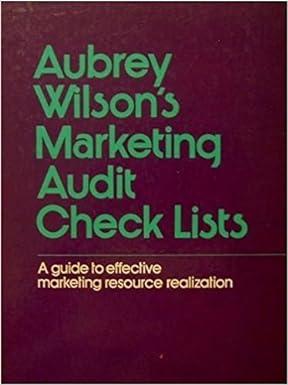Question
Over the 1990s, the Loewen Group expanded from funeral homes to cemeteries, partly financed by $2 billion of bonds and $300 million of bank loans.
Over the 1990s, the Loewen Group expanded from funeral homes to cemeteries, partly financed by $2 billion of bonds and $300 million of bank loans. For the six months ending June 30, 1999, Loewens operating earnings were $73 million. However, interest expenses of $77 million and other non-operational expenses dragged the group down to a $88 million pre-tax loss. Worried about further losses, Loewen filed for bankruptcy protection in Canada and the United States. Chairman John Lacey called on bondholders to convert hundreds of millions of dollars of bonds into equity.
(a) If you had to justify the Loewen Groups expansion from funeral homes to cemeteries,
would you rely on economies of scale or scope or neither?
(b) Suppose that bondholders converted $500 million worth of bonds to equity. How would this affect Loewens earnings before income taxes as compared with its economic value added as defined by Stern Stewart?
(c) For a bondholder converting Loewen bonds to equity, which concept of cost would be relevant?
Step by Step Solution
There are 3 Steps involved in it
Step: 1

Get Instant Access to Expert-Tailored Solutions
See step-by-step solutions with expert insights and AI powered tools for academic success
Step: 2

Step: 3

Ace Your Homework with AI
Get the answers you need in no time with our AI-driven, step-by-step assistance
Get Started


